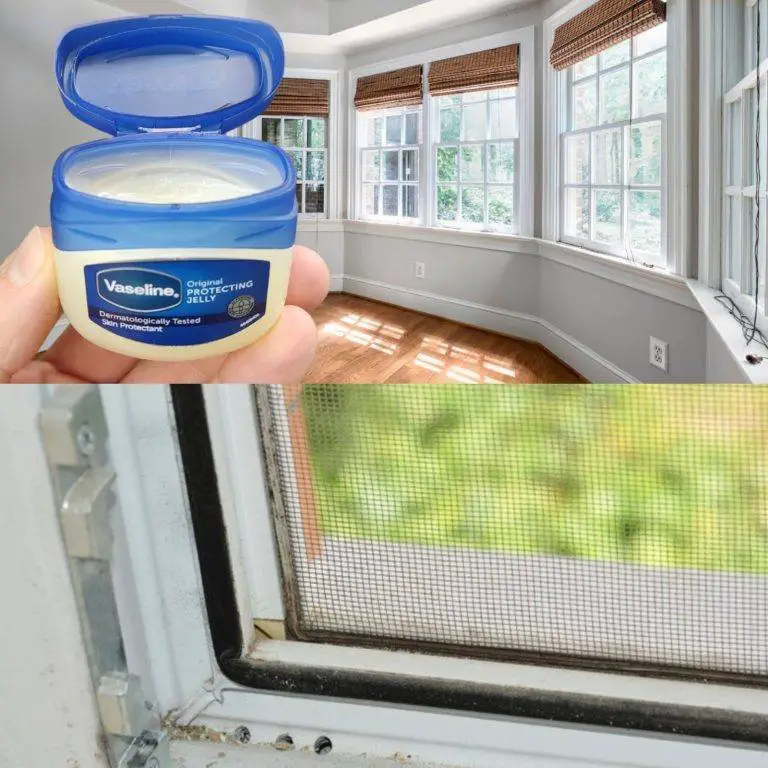Vaseline, commonly known as petroleum jelly, is a versatile product with numerous applications beyond its traditional use for skin care. One such application is enhancing the functionality and appearance of windows. Here’s how Vaseline can be beneficial:
Benefits of Using Vaseline on Windows:
- Lubrication of Window Tracks:
- Applying a thin layer of Vaseline to the tracks of sliding windows can prevent them from sticking, especially in environments with fluctuating humidity and temperature.
- Sealing and Protection:
- Coating the edges of window frames with Vaseline creates a barrier against drafts and moisture, potentially reducing heating costs and preventing water ingress.
- Preservation of Wooden Sills:
- Vaseline can protect wooden window sills from deterioration by forming a protective layer against water and other damaging elements.
- Easier Cleaning:
- Applying Vaseline to window surfaces can create a barrier that repels dust and dirt, making cleaning more straightforward and less frequent.
- Enhancing Shine:
- When used sparingly, Vaseline can impart a glossy finish to glass surfaces, improving clarity and the overall appearance of windows.
Application Tips:
- Cleaning: Before application, ensure window tracks and frames are clean and dry.
- Application: Use a soft cloth to apply a thin, even layer of Vaseline to the desired areas.
- Buffing: After application, gently buff with a clean cloth to remove excess and achieve a subtle shine.
- Caution: Avoid excessive application to prevent attracting dust and debris.
Additional Considerations:
- Pollen Barrier: Some sources suggest that applying Vaseline to window frames can help alleviate hay fever symptoms by trapping pollen before it enters the home.
- Wealthy Homeowners’ Tip: It’s noted that even affluent individuals utilize Vaseline on their windows to maintain their properties, highlighting its effectiveness and accessibility.
While Vaseline offers these benefits, it’s essential to apply it carefully to avoid unwanted residue or attracting excessive dust. Always use it sparingly and test on a small area first if you’re concerned about potential effects on your window materials.

